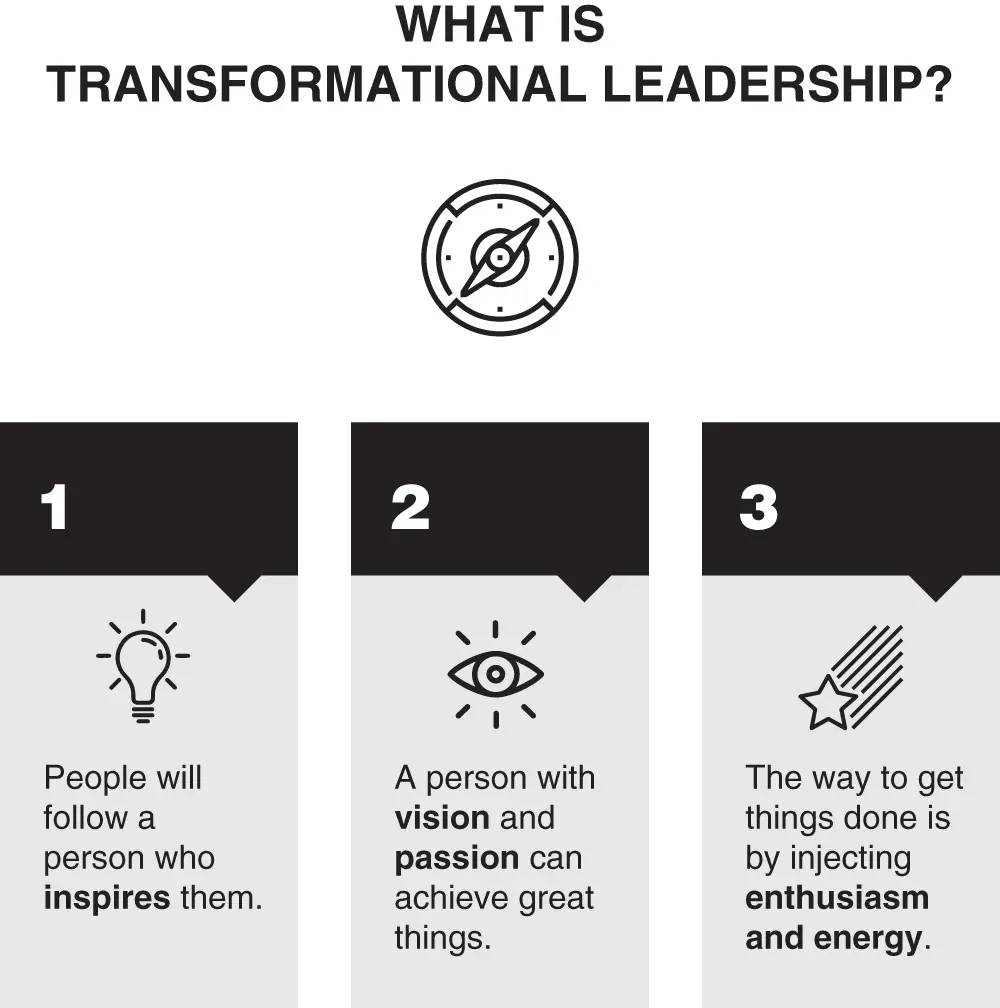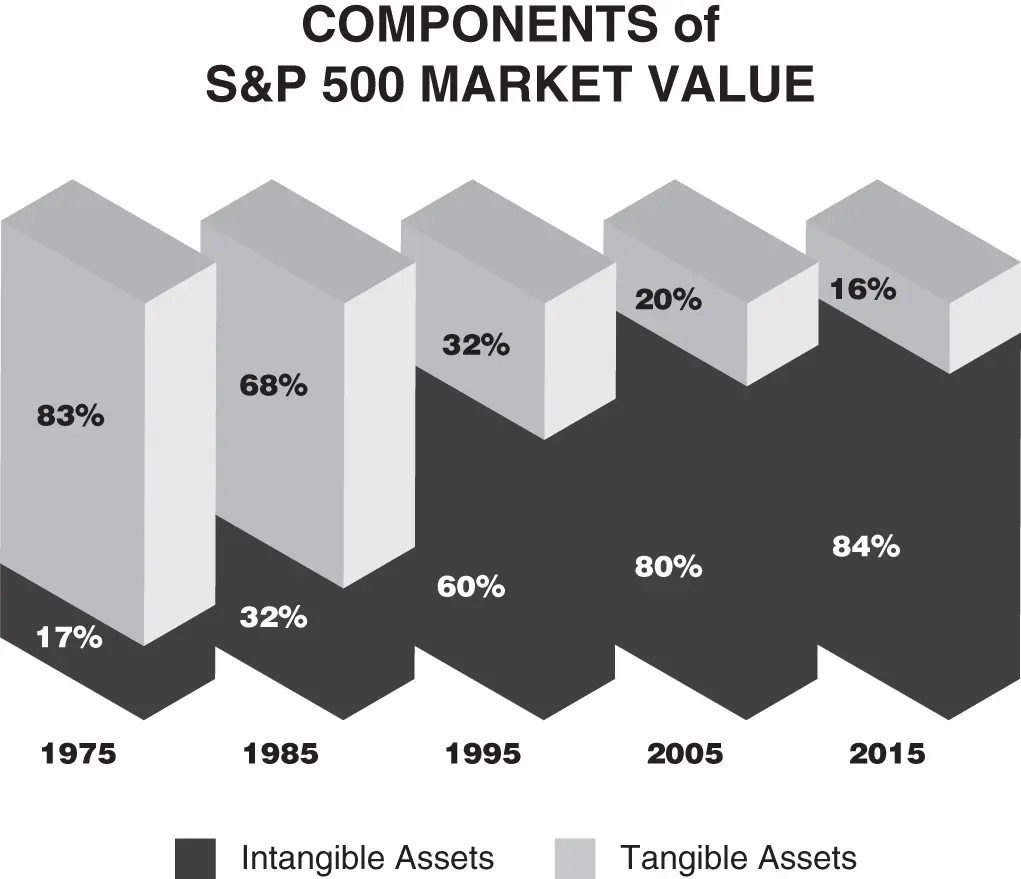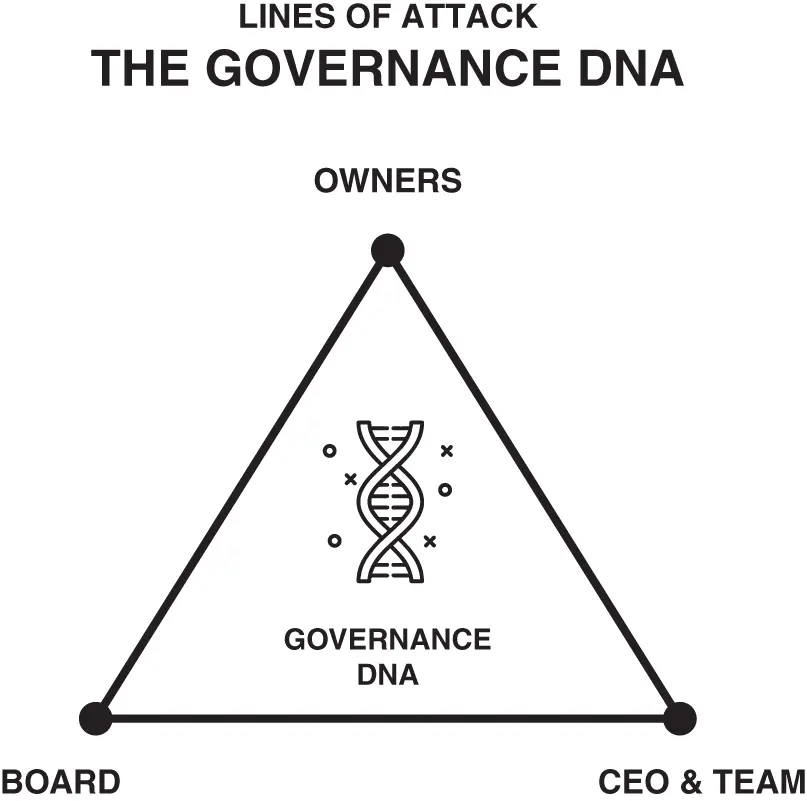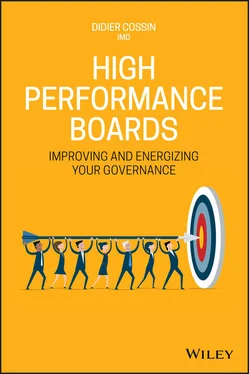It is worth considering variation and replication in a governance context, because of the many different models around the world. In terms of ownership structure, for example, there are publicly traded companies; family owned, private-equity owned, and government-owned firms; non-profits, members' associations, and so on.
One interesting case is how the Communist Party of China governs the country's state-owned assets, and in particular its publicly listed state financial institutions, through the sovereign wealth fund CIC and its dedicated division, Huijin. CIC has developed governance practices that might be useful for large, complex organisations elsewhere. These include having full-time non-executive directors in parallel to Western-style independent directors, and strongly aligning perspectives in the governance of holding groups and subsidiaries. It might well be an inspiration in other parts of the world from a technical governance standpoint, and beyond the political dimension. For example, is it possible that large global financial institutions have become too complex to be governed by part-time independent directors mostly and would professional full-time board members make sense?
Yet the current global focus on excellence in governance has only been possible because of earlier success in other important areas: administration, management, and leadership. High-quality administration was developed and systematised as early as the eighteenth century by organisations such as the East India Company. Then quality management to ensure efficiency and better results was systematised in the first part of the twentieth century by business leaders such as Alfred Sloan and Henry Ford. Business schools were then established to educate leaders in management. The second part of the twentieth century saw the systematisation and theorisation of leadership – the ability to engage and energise people at a higher level – through theories developed in the 1970s.
Today, organisations need to go to the next level. Moving from A to B, and energising people towards achieving this result, requires organisations to develop the ability to choose the right objectives and make the right decisions. And this is the essence of governance. With public trust in corporations and leaders at an all-time low, quality governance will be one of the competitive advantages of the future.
At the same time, today's governance successes and failures stem from the reliance on leadership within organisations.
What is Transformational Leadership?
Of the many types of leadership that have emerged over the past century, transformational leadership is one of the most recent. In the 1970s, James MacGregor Burns defined this in both a political and business context as leadership that enables leaders and followers to raise one another to higher levels of motivation and morality. The more active such leadership is, the more effective it is ( Figure 2.1).

Figure 2.1Transformational Leadership Principles
In general, transformational leaders:
empower followers and nurture them through change;
become a strong model for their followers;
create a vision for the organisation;
act as change agents for a new direction within the organisation; and
become social architects.
The transformational leadership model relies strongly on trust, and in particular on employees trusting their leaders. Yet many inspiring and transformative leaders have changed their organisations for the worse instead of for the better. And in recent years, trust in leaders has been affected by a string of events that have negatively impacted many people's lives and well-being.
One example is the nuclear leak in 2011 at the Fukushima plant of the Tokyo Electric Power Company (TEPCO). Back in 2007, an earthquake had caused a small nuclear leak, and the company's president, Tsunehisa Katsumata, was asked to retire. However, Katsumata then became chair of TEPCO, despite his previous failure to adequately manage this risk.
Another case concerns Chinese company Sanlu, which raised protein levels in baby milk by using chemicals including melamine. The firm's top management was aware of this and informed the board, which included directors from New Zealand. Hundreds of thousands of babies were affected, and Sanlu's board voted to recall all the products in question. However, because the crisis happened just before the 2008 Beijing Olympic Games, the company's chair at the time reversed the board's decision in an attempt not to harm China's reputation. Six babies subsequently died after consuming the milk. After being informed by the New Zealand government, the Chinese authorities intervened. At the time of writing, the chair is in jail and the company no longer exists.
Many other large organisations have been hit by scandals related to governance risk in recent years. They include Volkswagen, Boeing, BP, Olympus, Goldman Sachs, Adecco, Lehman Brothers, and Oxfam, to name just a few.
Little wonder, then, that many people are increasingly reluctant to trust leaders and their decisions. According to the Edelman Trust Barometer, employees have grown more distrustful and sceptical of institutions and leadership. Nearly one in three don't trust their employer. And more than two-thirds feel that CEOs are too focused on short-term performance. As a result, employees are far less likely to say positive things about the company they work for. 3
In addition, economic shifts mean that leaders' unwise decisions can now hurt their organisations even more than previously. These days, the market value of companies is mostly based on intangible assets such as knowledge, goodwill, brand, and R&D ( Figure 2.2). The quality of decision-making at the top is therefore critical. Intangible assets are typically more sensitive to decision-making than tangible, hard assets are.

Figure 2.2Components of S&P500 Market Value.
Source: Ocean Tomo LLC
Corporate governance requires a balance in decision-making between different bodies in order to provide a good counterweight to leadership. The governance DNA entails balancing decision-making power between an organisation's leader, board, and owners at the heart of the triangle ( Figure 2.3) and ensuring the quality of decision-making through the participation of all three parties. Any decision that is taken at one corner of the triangle, in isolation from the others, is poorly governed. Decisions should ideally be located at the triangle’s centre of gravity.
Another principle of governance effectiveness is clarity of roles. The board sets the tone, culture, and objectives; it often chooses the leadership team; and it aims to ensure objectives are reached by supervising and supporting the team in place. There are differences in the board's role, of course. In China, for example, the boards of state-owned enterprises do not select the leadership team. Rather, this is the job of the Central Organisation Department, the HR arm of the Communist Party, which also nominates key government leaders including ministers. But even in this environment, balance is key to quality decision-making, and with clarity of roles, is the essential element of governance.

Figure 2.3The Governance DNA
Читать дальше















